Induction Brazing Eyeglass Frame Assembly
Views Send Enquiry
Objective Produce repeatable braze joints for the assembly of eyeglass frames. Induction heating is to be used to achieve quality braze joints on the nose bridge, brow bridge and nose piece.
Brazing is to be done at 1300°F with approximately 3-5 seconds allowed for heating. Surface quality is of utmost
importance since limited post-brazing cleanup is preferred.
Material Monel Bridge With 18% Silver Braze
Temperature 1300°F
Frequency 445 kHz
Equipment Power of 6kW output solid state induction power supply.
Process The Power of 6KW output solid state induction power supply was utilized to achieve the following results:
• A temperature of 13000F was reached in 3 seconds through the use of a three turn, 0.2″ ID, transverse
helical coil. This coil design allows for the pinpoint application of heat to a specific area.
• Surface flaws were kept to a minimum due to the use of a gas flood which was comprised of Hydrogen and an
inert agent. The Hydrogen acts as a “fluxing” agent which eliminates the need for flux. The inert gas eliminates oxidation of the metal components when at brazing temperature. These two features produce a finished product without the need for post-brazing cleanup.
• Present fixturing can be kept due to the use of transverse heating which allows for easy removal of the finished product.
Results Overall, induction heating fulfilled all of the objectives established by the customer to produce quality braze joints for the manufacture of eyeglass frames
Brazing is to be done at 1300°F with approximately 3-5 seconds allowed for heating. Surface quality is of utmost
importance since limited post-brazing cleanup is preferred.
Material Monel Bridge With 18% Silver Braze
Temperature 1300°F
Frequency 445 kHz
Equipment Power of 6kW output solid state induction power supply.
Process The Power of 6KW output solid state induction power supply was utilized to achieve the following results:
• A temperature of 13000F was reached in 3 seconds through the use of a three turn, 0.2″ ID, transverse
helical coil. This coil design allows for the pinpoint application of heat to a specific area.
• Surface flaws were kept to a minimum due to the use of a gas flood which was comprised of Hydrogen and an
inert agent. The Hydrogen acts as a “fluxing” agent which eliminates the need for flux. The inert gas eliminates oxidation of the metal components when at brazing temperature. These two features produce a finished product without the need for post-brazing cleanup.
• Present fixturing can be kept due to the use of transverse heating which allows for easy removal of the finished product.
Results Overall, induction heating fulfilled all of the objectives established by the customer to produce quality braze joints for the manufacture of eyeglass frames
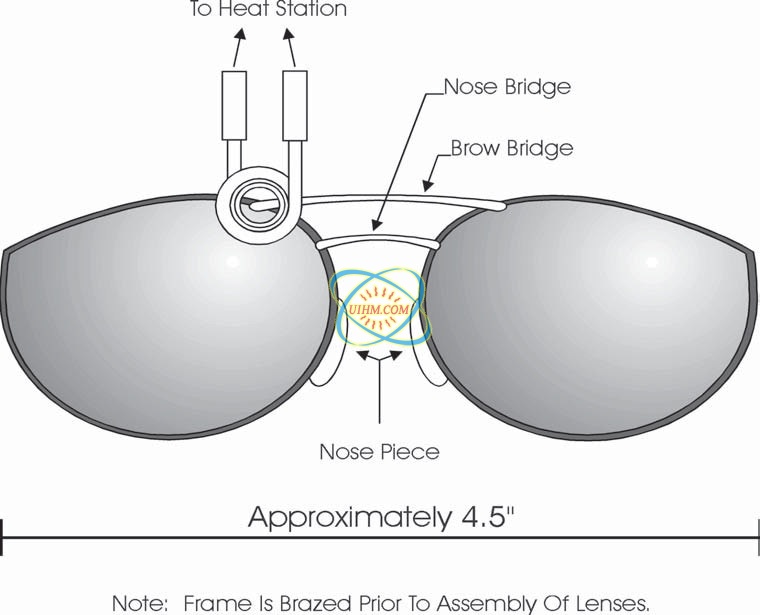
brazing-Eyeglass-Frame-Assembly
Good
Bad
Related Content
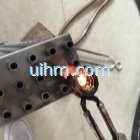
induction brazing SS steel by handheld induction coil
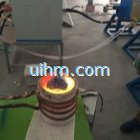
induction melting silicon and steel
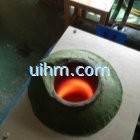
magnesium oxide acidic furnace for induction melting glass
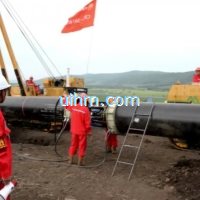
induction preheating gas pipeline by full air cooled clamp induction coil and DSP induction heater
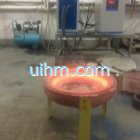
induction melting with Titanium alloy pot by customized induction coil
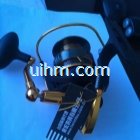
induction melting aluminium for casting wire wheel
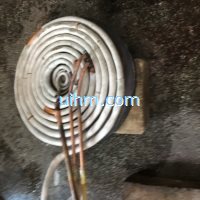
induction heating steel plate by pancake induction coil
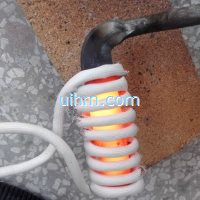
induction heating steel knife
Hot

induction brazing SS steel by handheld induction coil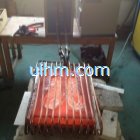
induction brazing shoe mold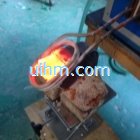
induction brazing drill bit of transformer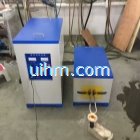
customized RF induction heater for brazing works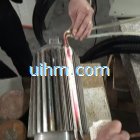
induction brazing stator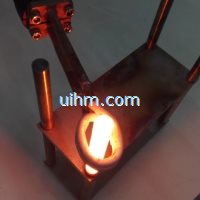
water cooled flexible handheld induction coil for heating SS steel pipe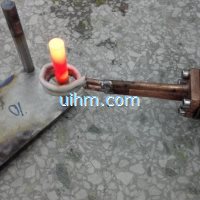
water cooled flexible handheld induction coil for heating SS steel pipes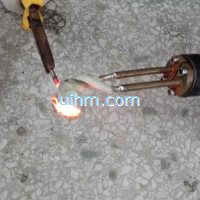
UHF handheld induction heater for brazing copper

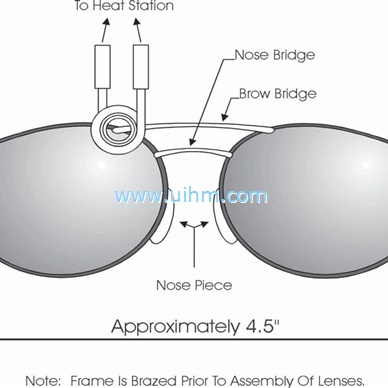
Newest Comment
No Comment
Post Comment